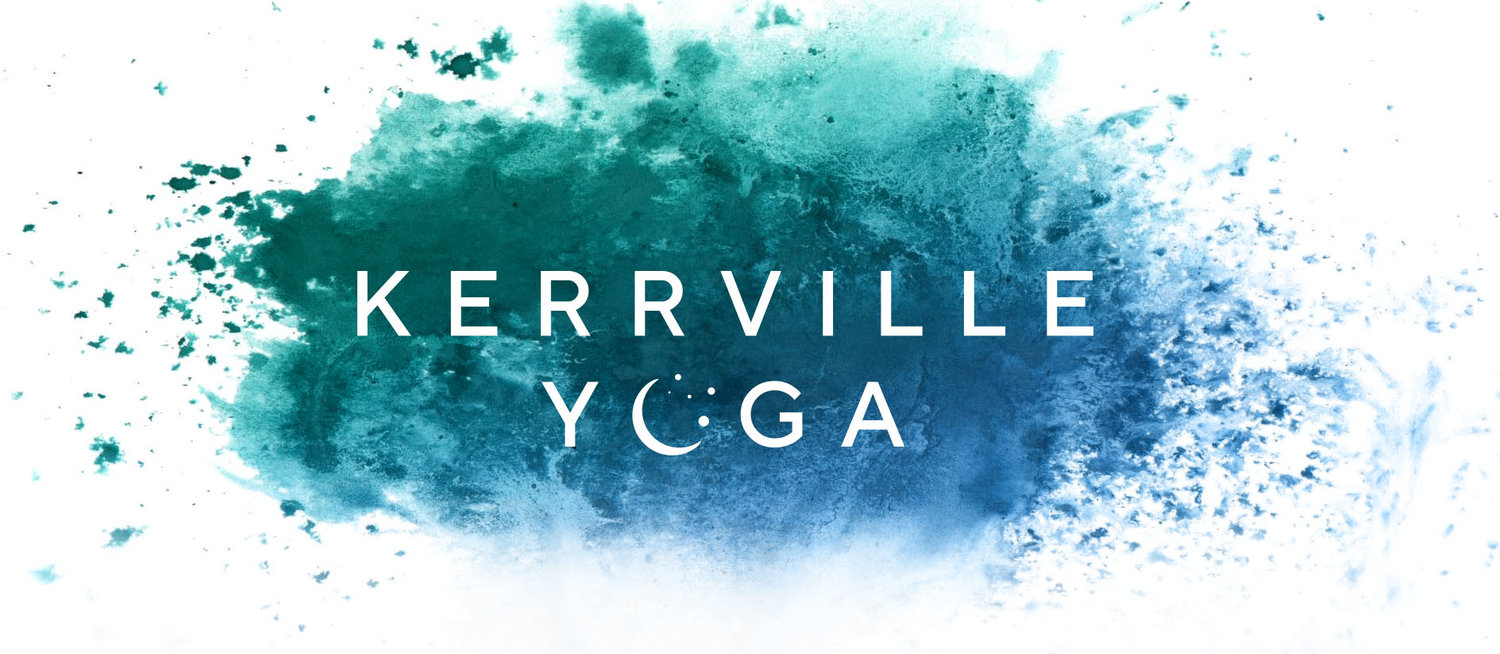No Bones About Bones
Osteoporosis is the thinning of the bones. It is common among our elders but can occur for a variety of other reasons such as inadequate calcium intake or hormonal imbalance. Risk of fracture is possible in people of all ages. Diet and exercise will help us fight against the frailty of the bones. Hormonal balance will stimulate bone growth. The parathyroid hormone maintains calcium levels in the blood and stimulates bone formation. Yoga will help you have better posture, stronger muscles, improve your muscle coordination, and maintain healthy amounts of muscle, fat, and stability within your body.
Before we dive into yoga, take into account what you’re eating. When creating strong bones, the diet must be considered. Absorb calcium by maintaining a healthy intake of fats, oils, fruits, vegetables, and sunshine. Fresh air and sunshine should be prescribed to all patients with osteoporosis as the sun emits Vitamin D, which everyone needs to absorb calcium. If you have osteoporosis, avoid eating too much oxalic acid found in foods like spinach, chocolate, and artichokes. Talk to your doctor about getting lab work done to make sure you are actually absorbing the calcium you eat.
Yoga incorporates movement with mindfulness. Now that we have covered the movement of food into the body, let’s turn our awareness to the body itself. Weight bearing poses are the key. Poses like Tree help us to avoid sprains, fractures, and breaks by shifting your balance. As you balance, your body strengthens its awareness of space. The body’s awareness of its relationship to space is called proprioception. Yoga allows us to really explore this relationship. We can think with more clarity when our body knows where it is. This practice of awareness benefits the mind as well as the body. As we bring home what we learned on the mat, yoga enables us to move mindfully throughout our daily tasks. When we are aware of the way our eyes move and how our body follows, we prevent the risk of falls and use more caution during repetitive transitions like getting up and down from a chair or in and out of the car. When we move with intention, we protect ourselves from avoidable pain, strain, and stress.
Try these 8 poses at home:
Wall Rotations: Stand with your shoulder and hip against a wall. Inhale your arms up overhead. Exhale your hands to the wall behind you. Turn to the other side and repeat.
Mountain to Tree: Stand tall. Balance on both feet. Shift your weight to your right foot, pick up the left heel. Slowly bring the left foot to the right calf. Tree. Hold for a breath and then return to Mountain. Change sides. Shift your weight to your left foot, pick up the right heel. Slowly bring the right foot to the left calf. Tree. Balance and breathe.
Mountain to Table Pose: Stand tall in Mountain. Inhale your hands above your head, exhale them to the ground. From your forward bend, plant your palms, and walk your feet back. Place your knees of the ground. Hands under shoulders, knees under hips, breathe and feel the stability of the hands and the balls of the feet. This is Table. Inhale and exhale with neutral spine.
Down Dog to Nose Touch Floor: From Table, lift the knees off the floor and lift the hips into the air. Down Dog. From Down Dog, touch your nose to the floor a few inches in front of your hands. From Nose Touch, return to Down Dog and repeat. Inhale Down Dog. Exhale Nose Touch.
Plank to Child’s Pose: From Table, pick your knees up off of the ground and feel the strength in the arms. Plank. From Plank, bring the knees down and rock the hips back to the heels, bring the head to the ground, keep the arms outstretched. Child’s Pose. From Child’s Pose, send the hips forward, come up off of your knees, and grip the mat in Plank. Continue for as many breaths as you can. Inhale Plank. Exhale Child’s Pose.
Down Dog to Mountain: From Down Dog, walk the feet to Forward Fold, bending the torso over the legs. Keep the knees bent as you inhale your arms up and then straighten the legs out in to Up Salute, standing tall with hands above the head. Bring hands down by the sides with an exhale.
Wide Down Dog: From a table top position with hands under the shoulders, knees under the hips, bear weight on your hands and lift your hips up into the air. Widen your stance by moving the feet more than a hips distance apart. Bob hips up and down in wide dog to build upper body strength, core strength, and to stretch the legs.
Three Legged Dog Knee to Elbow Touch: From Down Dog, press into your hands and one foot as you lift the other foot into the air. Inhale lift the foot as high as you can. Exhale, bend the knee, bringing it to the elbow on the same side of your body. Return to Down Dog or Child's Pose before doing the other side.
Give your mind a blueprint that clearly defines the outcome you desire; you desire strong bones! Imagine yourself working out, and you will be more motivated to do so. How does visualization influence your focus and determination? Think about living a healthy lifestyle full of calcium rich foods and regular exercise. Picture it in your head. Live a long and healthy life by incorporating yoga into your daily rhythm today.

